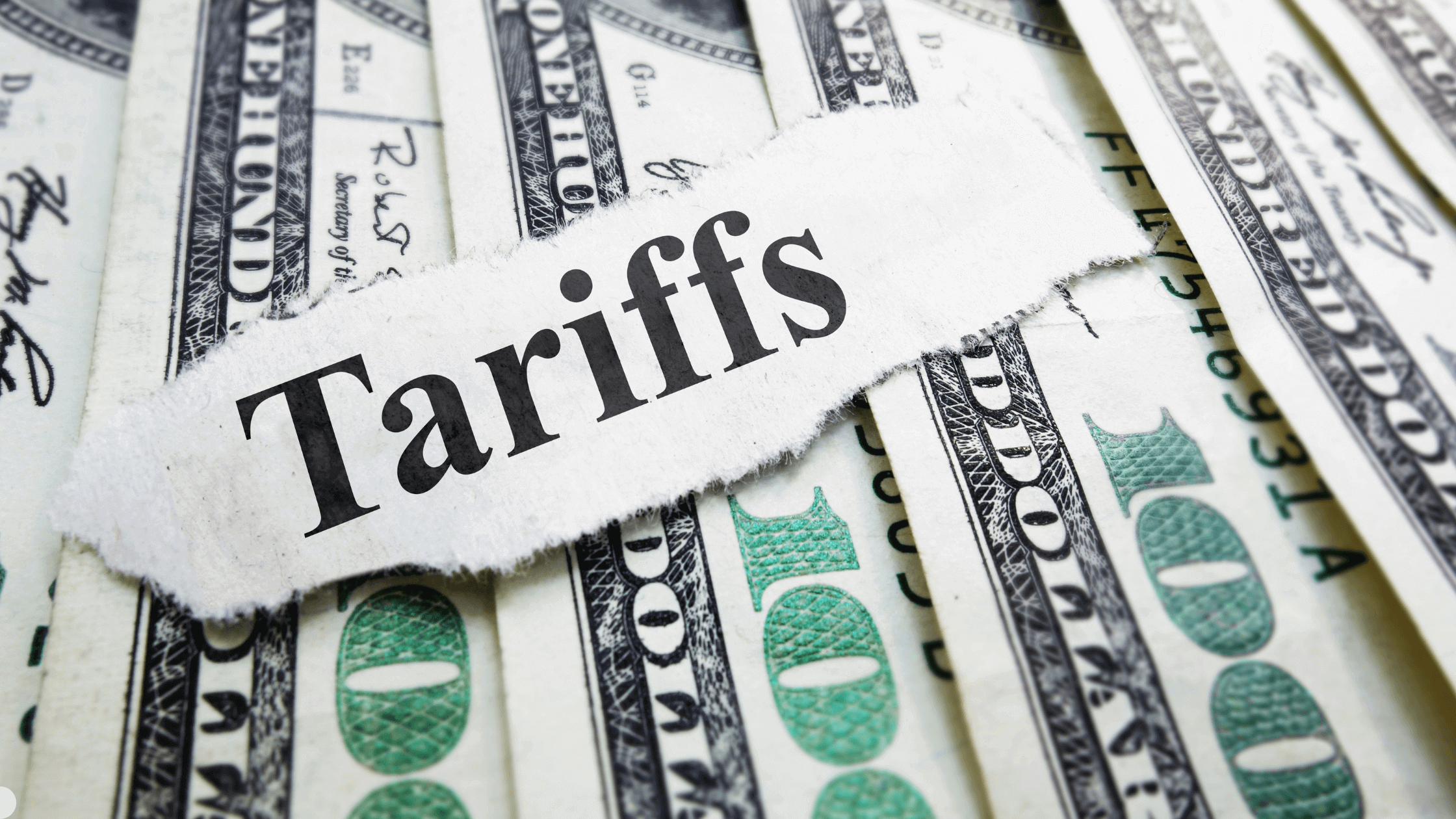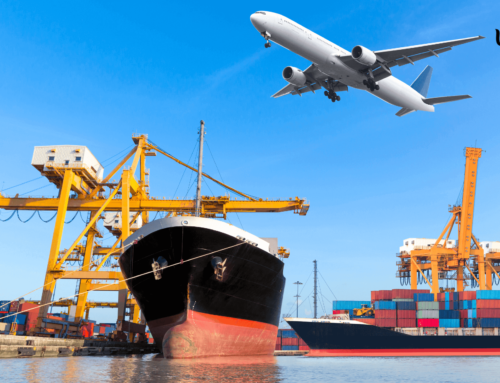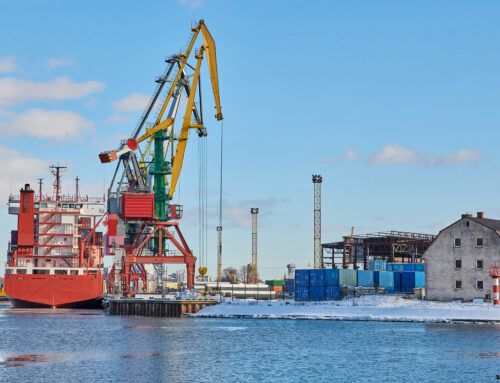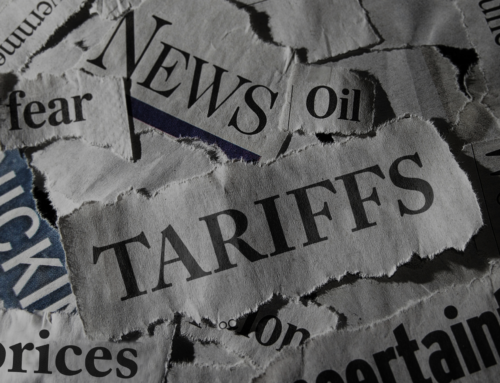Bracing for Impact: What Rising Tariff Tensions Mean for Your Supply Chain—and How Diversification Can Protect You
The tariff headlines are back—and they’re loud.
China’s announcement of a sweeping 34% retaliatory tariff on all U.S. goods marks a major escalation in what’s shaping up to be a full-blown trade war. For sourcing professionals, procurement teams, and supply chain strategists, the message is clear: It’s time to brace for impact—and build a buffer.
But this isn’t about panic. It’s about preparation.
The Ripple Effect of Reciprocal Tariffs
When countries impose reciprocal tariffs, the cost of doing business across borders skyrockets. Sourcing from overseas suppliers—especially in affected regions—can suddenly become 30% to 40% more expensive. That doesn’t just cut into profit margins. It disrupts entire production flows, inventory planning, and pricing strategies.
For industries that rely heavily on raw materials, components, or finished goods from China and other high-tariff regions, these tariffs can feel like a seismic shock. And with global uncertainty mounting, there’s a good chance this is only the beginning.
What a Trade War Does to Sourcing
A trade war creates unpredictable spikes in cost, shipping delays, product shortages, and political risks that suppliers and customers alike may struggle to navigate. Your tried-and-true vendor relationships? They’re now a liability if they’re tied to a single region under fire.
Expect:
- Rising landed costs
- Longer lead times
- Fluctuating supplier reliability
- A domino effect on pricing throughout the value chain
Why a Diverse Supply Chain Is Your Best Insurance Policy
If there’s one lesson we should all take from past trade disruptions (2018 tariffs, pandemic shutdowns, port congestion—you name it), it’s this:
A diverse supply chain isn’t just smart. It’s survival.
Diversification means spreading risk across multiple countries, suppliers, and transportation routes. It allows you to pivot quickly when a single region gets caught in political crossfire. And in times like these, agility is everything.
Here’s how diversification protects your business:
- Risk Mitigation: No single point of failure if one country imposes restrictions or tariffs.
- Cost Flexibility: Ability to source from lower-tariff regions when needed.
- Resilience: Keeps inventory flowing during geopolitical disruptions.
- Speed to Adapt: Faster pivot when unexpected regulations or trade barriers hit.
Smart Moves to Make Right Now
Whether you’re sourcing gloves, packaging, electronics, or frozen foods, here’s how to reduce your vulnerability:
- Reevaluate supplier concentration – Are you over-reliant on a single country?
- Map out your sourcing footprint – Know exactly where your risks lie.
- Establish backups now – Before the next tariff hits.
- Look into nearshoring or friendshoring – Consider countries with stable trade relations.
- Stay proactive with suppliers – Negotiate flexibility, delivery windows, and plan Bs.
The Bottom Line
The 34% tariff from China isn’t just a headline—it’s a wake-up call. Trade wars are disruptive, but not unbeatable. Businesses with diverse, flexible, and well-mapped supply chains won’t just survive the storm—they’ll come out ahead.
If your supply chain strategy still rests on single-source, single-country procurement, now is the time to pivot. Don’t wait until the next tariff round forces your hand. Prepare now, diversify wisely, and keep your business moving—no matter what the headlines bring.







